A Brief History of Medicinal Mushrooms
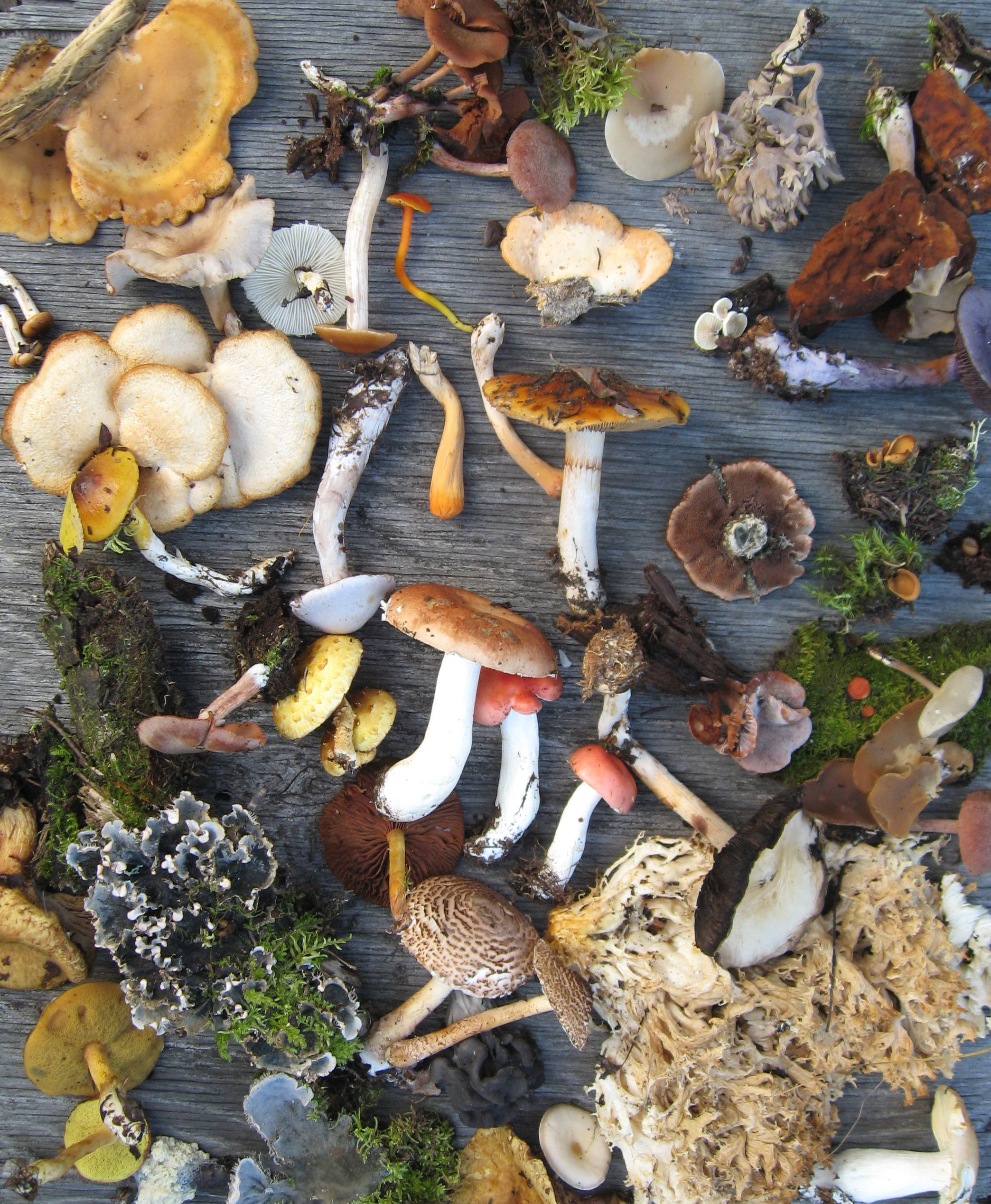
The evolution of fungi has been taking place on earth since fungi diverged from other life around 1.5 billion years ago.
You can read our “What Are Fungi?” post, here.
Medicinal fungi are fungi which produce medically significant metabolites or can be induced to produce such metabolites using biotechnology.
The range of medically active compounds that have been identified include antibiotics, anti-cancer drugs, cholesterol inhibitors, psychotropic drugs, immuno-suppressants and fungicides, to name a few. Although initial discoveries centered on simple molds of the type that cause spoilage of food, later work identified useful compounds across a wide range of fungi.
Over recent years, medicinal mushrooms have been gaining popularity in the United States and deserve to be part of every herbalists routine. They have always played a role for indigenous cultures. Ötzi the Iceman is a well-preserved mummy from 3300 BC. His body was found on the border of Austria and Italy. Among many interesting things, two species of mushrooms were found in Ötzi’s possession. Both mushrooms were polypores but they were probably used for two different purposes. One was a tinder fungus, which was found with a fire-starting kit. The other species was a medicinal birch polypore.
Mushrooms have been utilized in folk medicine since ancient times. The species of mushrooms used varied in different cultures; more species have been used in China and Japan than in Western Cultures. Hippocrates did voice that fungi offered their use for certain ailments, but it is unknown as to what species he may have been referring. In China, where mushrooms are considered to be the elixir of life, mushrooms have played an important use in medicine for as far back as 7,000 years.
Egyptian hieroglyphics show mushrooms as the plant of immortality, called the “sons of the gods” sent to Earth on lightning bolts and eaten only by nobles and pharaohs. The Aztecs also had sacred mushrooms called “the flesh of the gods,” which they consumed in holy rituals.
Varieties of the chaga fungus have been used across Siberia and North America for centuries. Some claim that Amanita Muscaria was the Soma described in the Vedas of the Indian subcontinent, dating back to 1500 BCE. And it is undeniable that mushrooms played a vital part in the development of Mesoamerican cultures such as the Olmecs, Maya, Aztecs and Inca.
The Vikings are believed to have eaten hallucinogenic mushrooms before battle, which would have produced the ferocious fighting state they are noted for. Buddhist monks traveling from monastery to monastery spread information about the curative effects of fungi, which they and Taoists priests used in rituals. It’s believed that the Buddha died from eating a poisonous mushroom.
Native American traditions tell of using different kinds of polypore extracts to combat smallpox and other diseases introduced with the arrival of Europeans. This includes Reishi (Ganoderma resinaceum), Chaga (Inonotus obliquus), Birch polypore, and Turkey tail (Trametes versicolor), as well as the now rare and endangered species Agarikon (Fomitopsis officinalis).
Modern scientific research of medicinal mushrooms started in the 1950s, after the systematic gathering of experiences and knowledge of their traditional use. Early research mostly focused on using medicinal mushrooms for cancer; antiviral research increased dramatically in the 1980s, since the onset of the AIDS epidemic in 1981.
Today, modern research is finally starting to catch up with this long history. Mycologists are looking closely at the structures and growth patterns of many different fungal species, and medical scientists are focusing on their therapeutic potential. Their remarkable findings expand on that of traditional knowledge and confirm that, when using the correct species, mushrooms are very safe and well tolerated.
The major centers of research have been the National Cancer Center in Tokyo, leading Japanese universities, the Chinese Academy of Science, the China Academy of Traditional Chinese Medicine, leading Chinese universities in the People’s Republic of China, Hong Kong and Taiwan, the National Cancer Institute in the USA, larger American universities, and many others.
But the field is immense and the research is just starting. We know of about 850 medicinal mushroom species, but just a small fraction have ever been tested. Even the total number of fungal species is unknown; it is estimated there are about 5 million. Most are still undiscovered. Scientists estimate that by the current rate of research into the medicinal properties of mushrooms it might take us about 4,000 years until we arrive at a thorough understanding.


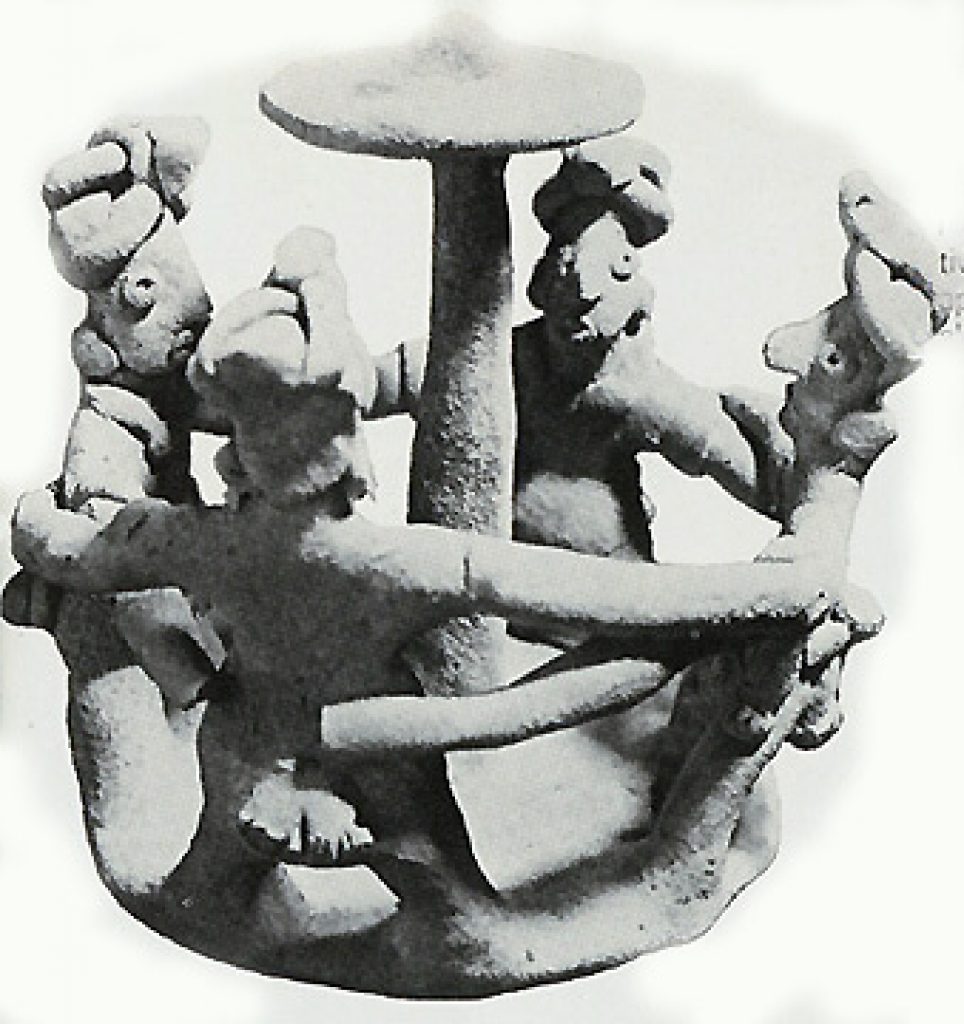
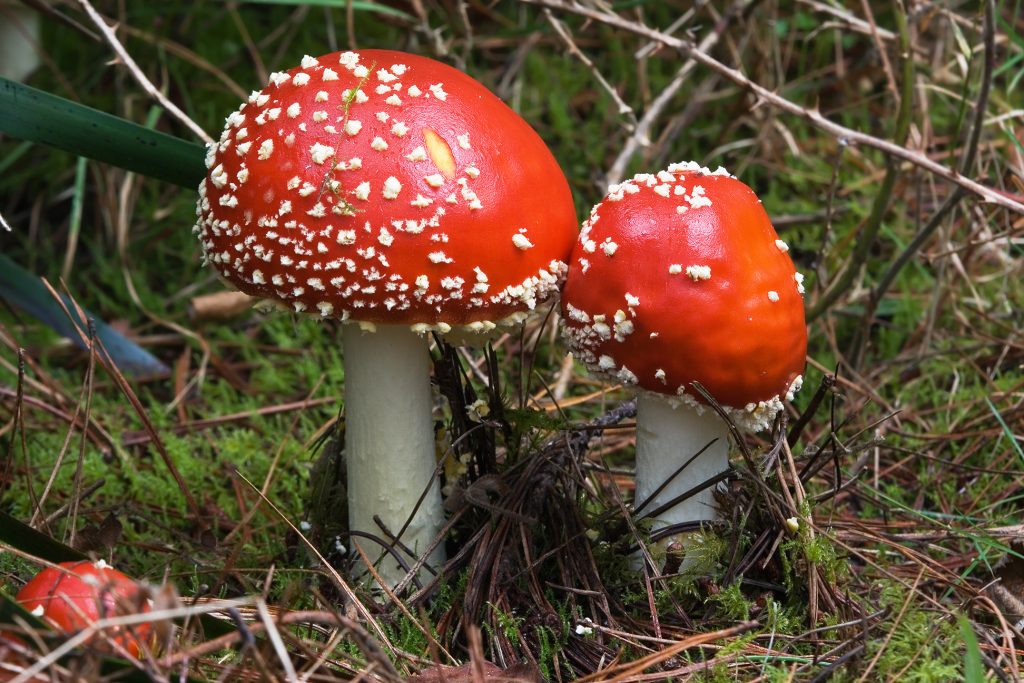
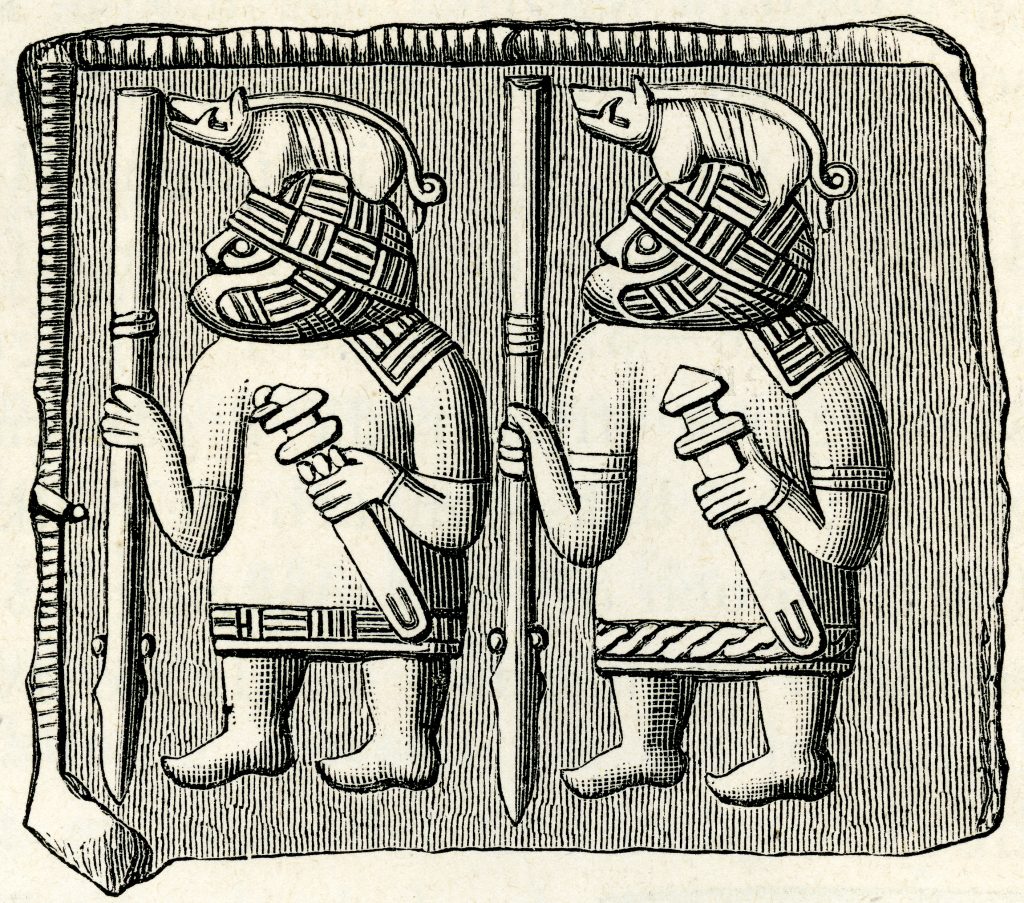
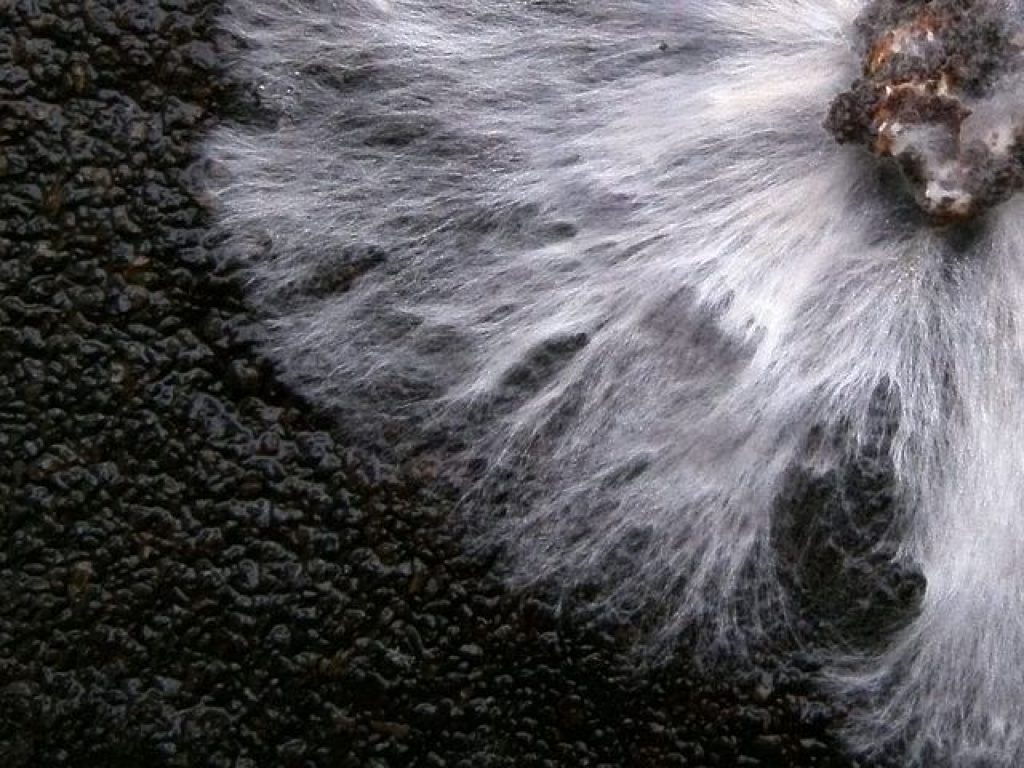
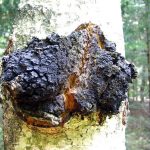
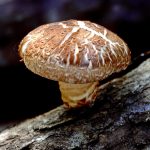






sometimes medicine has not come a long ways from berries and forest items but with so much knowledge used in so many different ways
come see us at http://shopannies.blogspot.com.